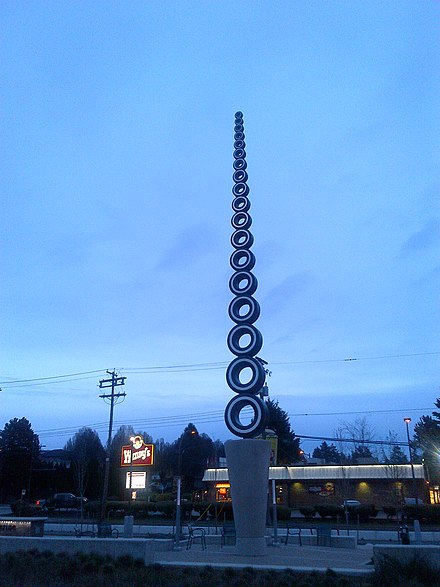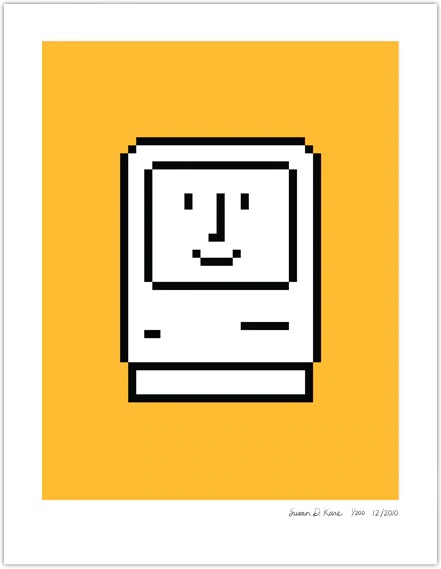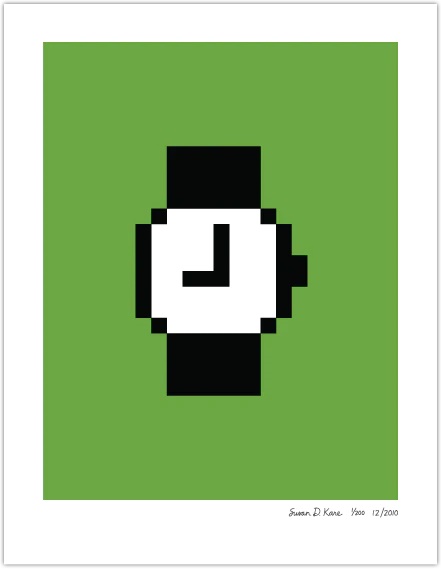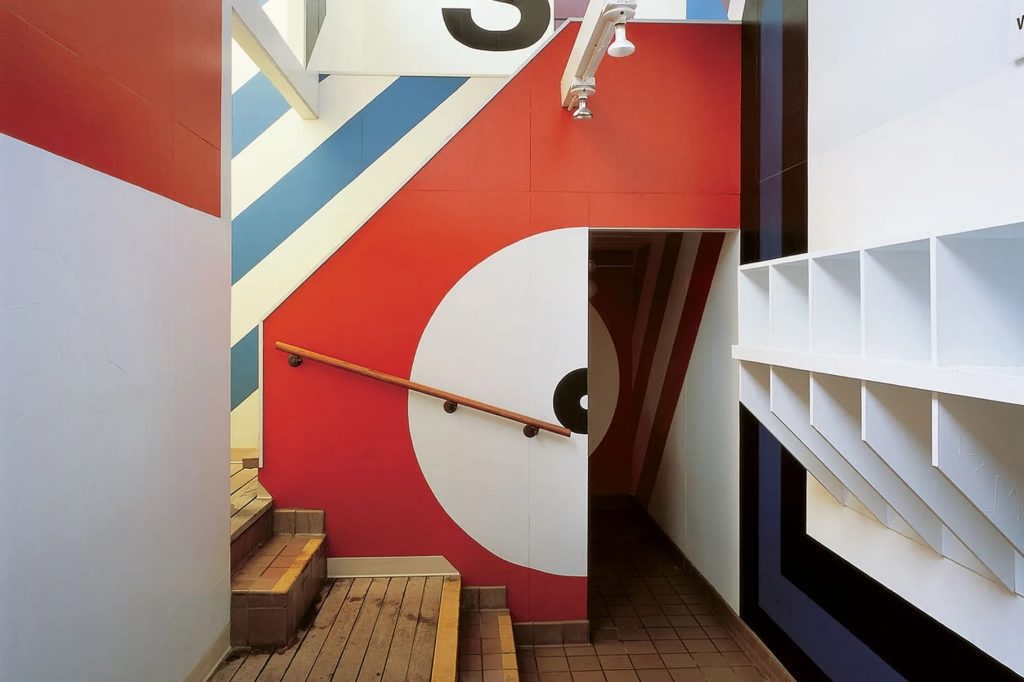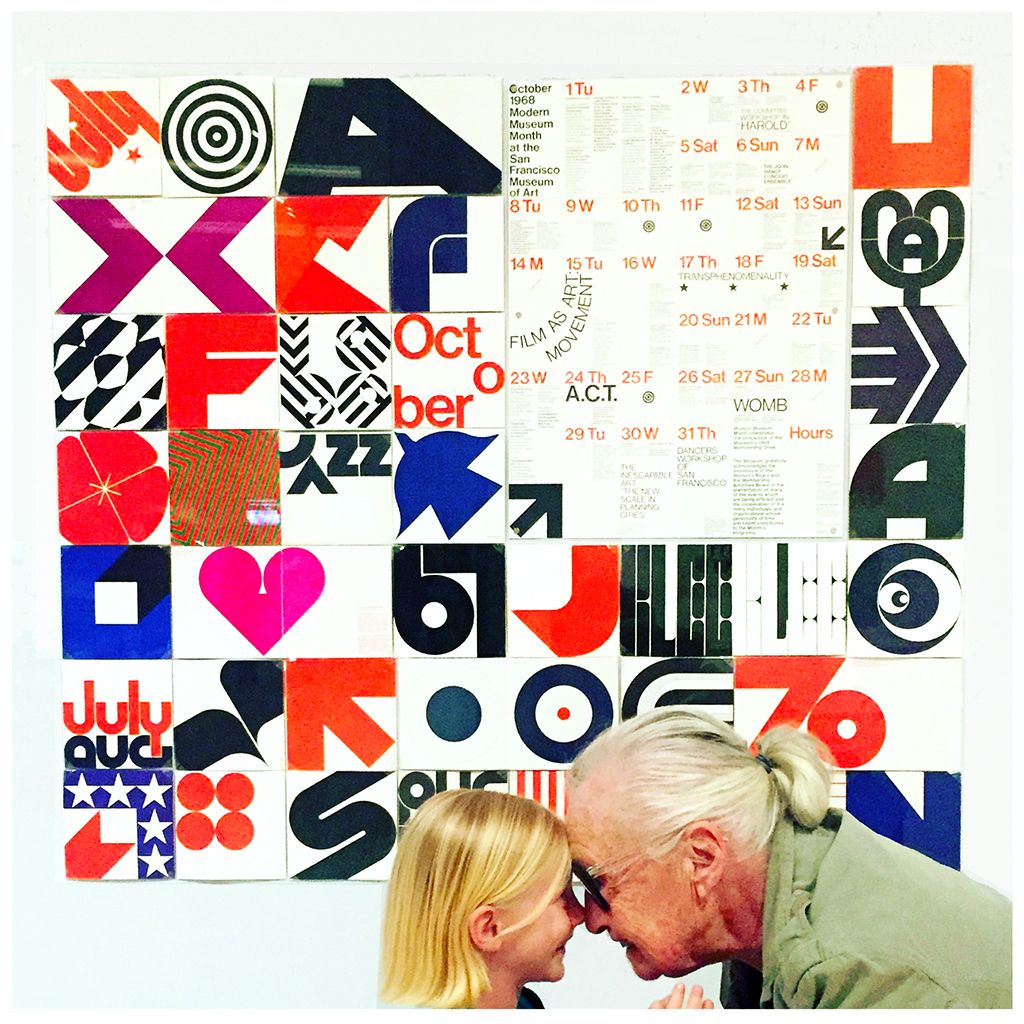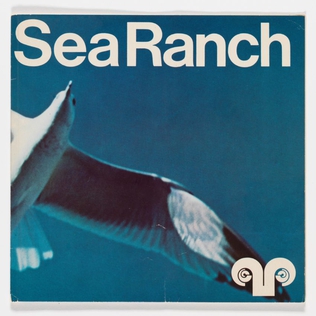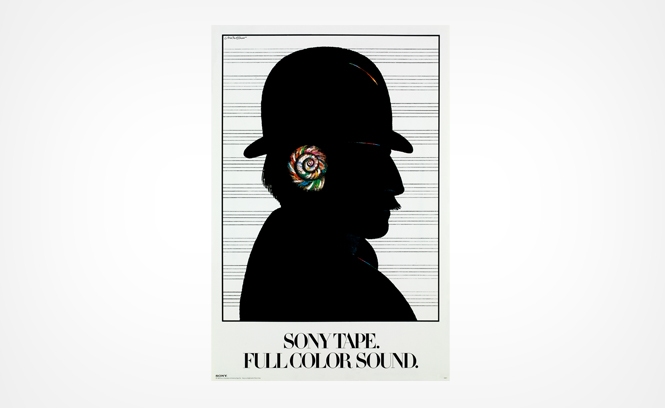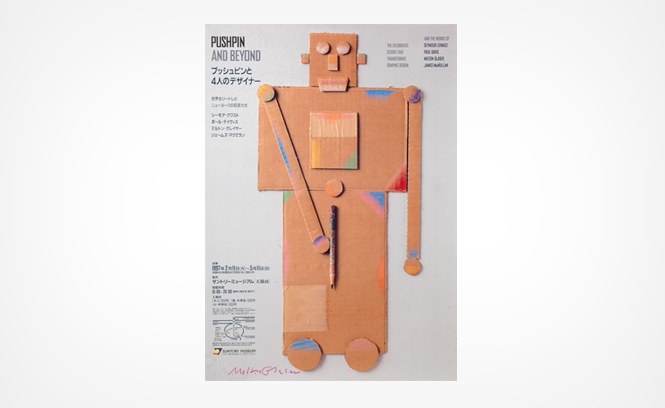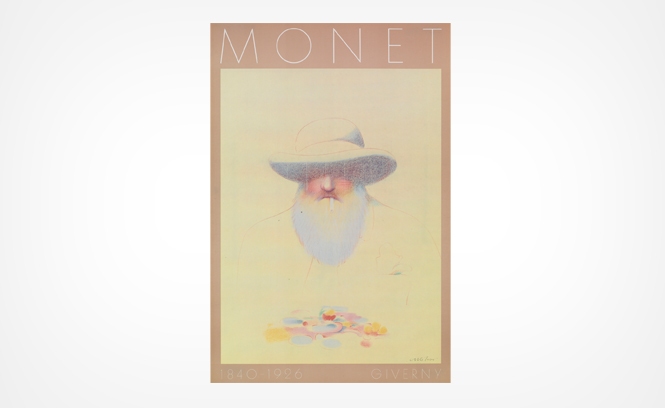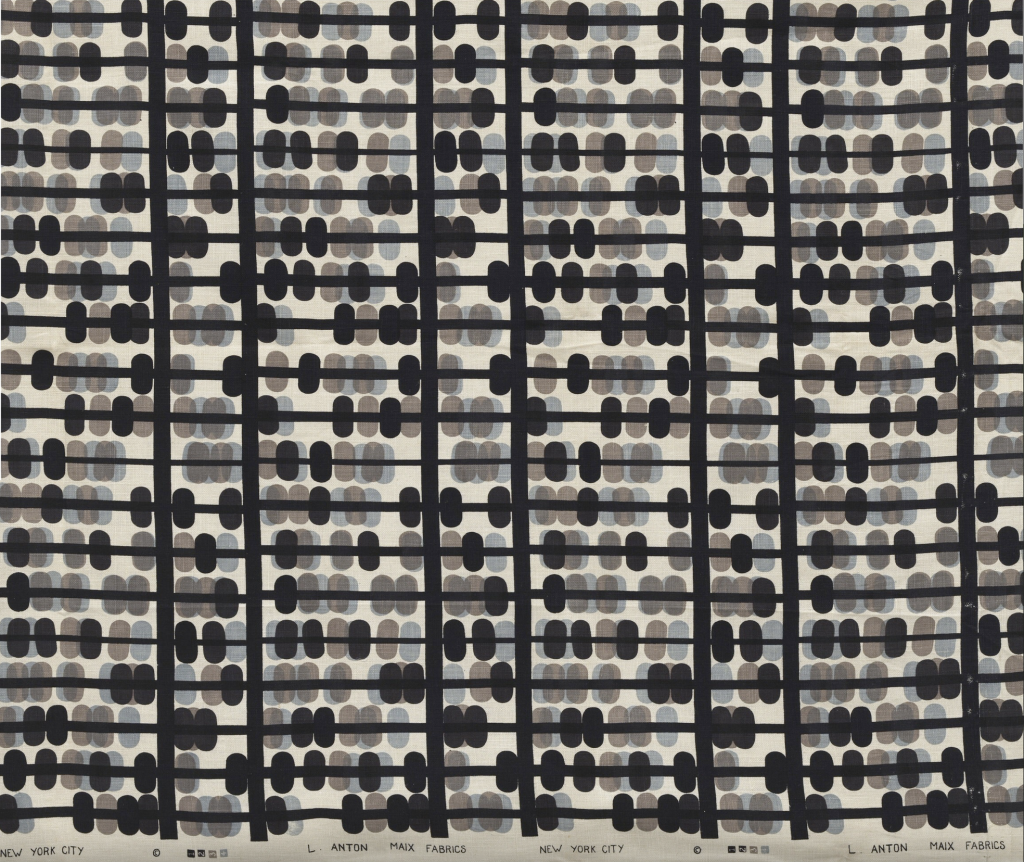Douglas Coupland OC OBC is a Canadian novelist, designer, and visual artist who was born on December 30, (1961) in CFB Baden–Solingen, Germany. His first novel, the 1991 international bestseller Generation X: Tales for an Accelerated Culture, popularized the terms Generation X and McJob.

Nevertheless, his creations are seen all around Vancouver. Artworks such as a Golden Tree which was made in 2016 at the Marine Drive and Cambie Street and Bow Tie which was made in 2015 at the Park Royal, West Vancouver, or a Terry Fox Memorial which was made in 2011 at the Terry Fox Plaza, BC Place Stadium, etc.

When I first arrived in Canada, I saw the works of this amazing artist in Toronto, Ontario, and back then I was impressed and interested in the works of this creator. When I arrived in Vancouver, BC, my love for such art pieces got even stronger. Bold, unique ideas are mixed with physical materials that create architecturally pleasing installations. For sure I like this combination!
